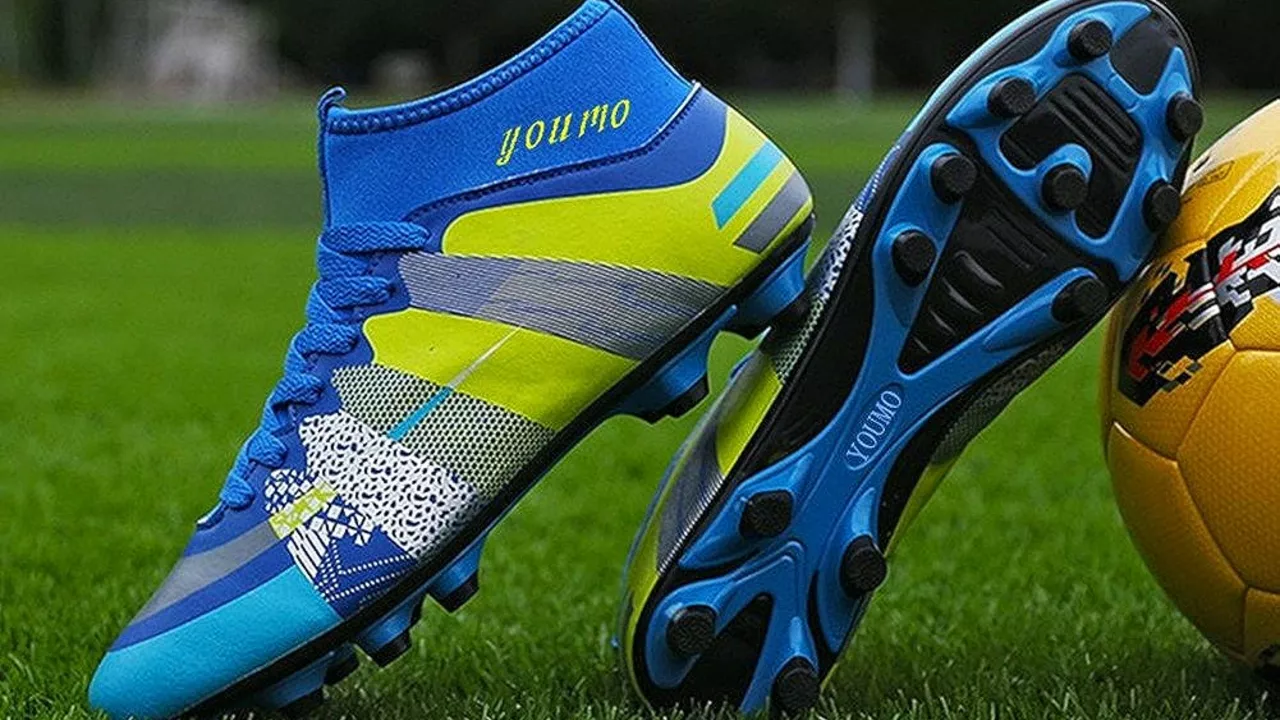The Basic Anatomy of Soccer Shoes
Let's kick off this whole shebang with a bit of a deep dive into what makes up a soccer shoe. Soccer shoes, also known as football boots or cleats in some parts of the world, are not only an essential part of the kit but they also carry the spirit of the beautiful game. Each shoe, regardless of its design, is a potential canvas of dazzling footwork, glorious goals, and thrilling saves on grassy pitches worldwide. Featuring plenty of stitching, padding, and reinforcement, these shoes are built for both performance and comfort during a demanding 90-minute game.
What makes these shoes unique? Well, apart from the obvious cultural significance, soccer shoes are typically made up of an upper part (also called the vamp) and the outsole. The upper part holds the foot in place, made from a variety of materials like leather, synthetic fabrics, or knit. The outsole, on the other hand, is typically made of plastic or rubber and is designed to provide traction on various types of playing surfaces. Now, here is where the story gets interesting: the presence or absence of cleats.
The Role of Soccer Cleats
The cleats, my dear footy fanatics, are the studs or projections on the bottom of the soccer shoe. These are the little guys tasked with gripping the surface and providing the necessary traction to prevent slipping during a match. It's like the tires on your car, you wouldn’t want bold tires while driving on an icy road, would you? The same principle applies to soccer shoes. Without cleats, players would find themselves slip-sliding all over the pitch, especially if they're playing in wet or muddy conditions. Acting like claws, cleats dig into the surface allowing the players to turn, cut, and sprint without losing their balance.
Yet, the presence of cleats brings us to the very question this article seeks to answer - do all soccer shoes have cleats? And the answer is as layered as an onion - it's a simple 'no' on the face of it, but an intriguing 'why' underneath.
The Disparity in Soccer Shoes
Not all soccer shoes are created equal. The variations are as vibrant as the Jersey worn by the Brazilian national team. There are different types of soccer shoes, designed for different types of playing surfaces. It all boils down to the type of ground or surface the shoe is designed for.
Outdoor soccer shoes, for instance, usually boast cleats for playing on natural grass surfaces. To manage the varying conditions of grassy pitches, these cleats come in a range of shapes, lengths, and materials for maximum grip and maneuverability. Then there are the indoor soccer shoes or futsal shoes, designed for indoor facilities or hard, flat surfaces. These usually have flat soles, void of any cleats, they're more like your everyday sneakers. The flat sole provides the necessary grip on the smooth surface while allowing enough flexibility for quick pivots and underfoot control of the ball. It's like playing football in your living room - provided your room is big enough to contain your magical footwork!
The Evolution of Soccer Shoes
Now let's take a stroll down memory lane. Soccer shoes weren't always as specialized as they are today. They've evolved over time with technology, trends, and a better understanding of the player's needs. The first records of soccer shoes date back to the 16th century England where they were more like heavy work boots with metal studs or tacks hammered into them for better grip. Imagine running around the pitch with those on your feet! Talk about feeling like you're lugging around a pair of cement blocks!
Fast forward to the present day, and we're blessed with an array of options. Today's soccer shoes are lighter, stronger, more comfortable, and are specialized for different playing styles and surfaces. And you won't believe it - there are even cleatless soccer shoes designed for grass and firm ground - they're called "knit shoes." Talk about a revolution!
Customization and Personal Preference
Nowadays, 'cleats' or 'no cleats' isn't just a matter of the type of surface anymore - thanks to the development of interchangeable cleats, it's becoming a matter of personal preference as well. Some players prefer to have more studs underneath for more traction, others like less for more flexibility. It's like being offered a buffet of soccer shoes where you can pick and choose according to your appetite.
Add to this the plethora of customization options with colors, materials, weight, and even personal touches like names or symbols, the soccer shoe has become a testament to individuality on the pitch. No longer defined solely by their purpose, soccer shoes are defining the style and personality of the players wearing them. It’s not just about the cleats or the lack thereof, but the communication of each player’s unique identity.
Let's wrap it up on a fun note. Did you know, Adidas, the German sports apparel giant, created the first interchangeable cleats for the 1954 World Cup? Those studs, made of rubber and screwed on to the shoe, became an overnight sensation, giving birth to a revolution in soccer shoe design that endures to this day. Ah, the power of a shoe!
